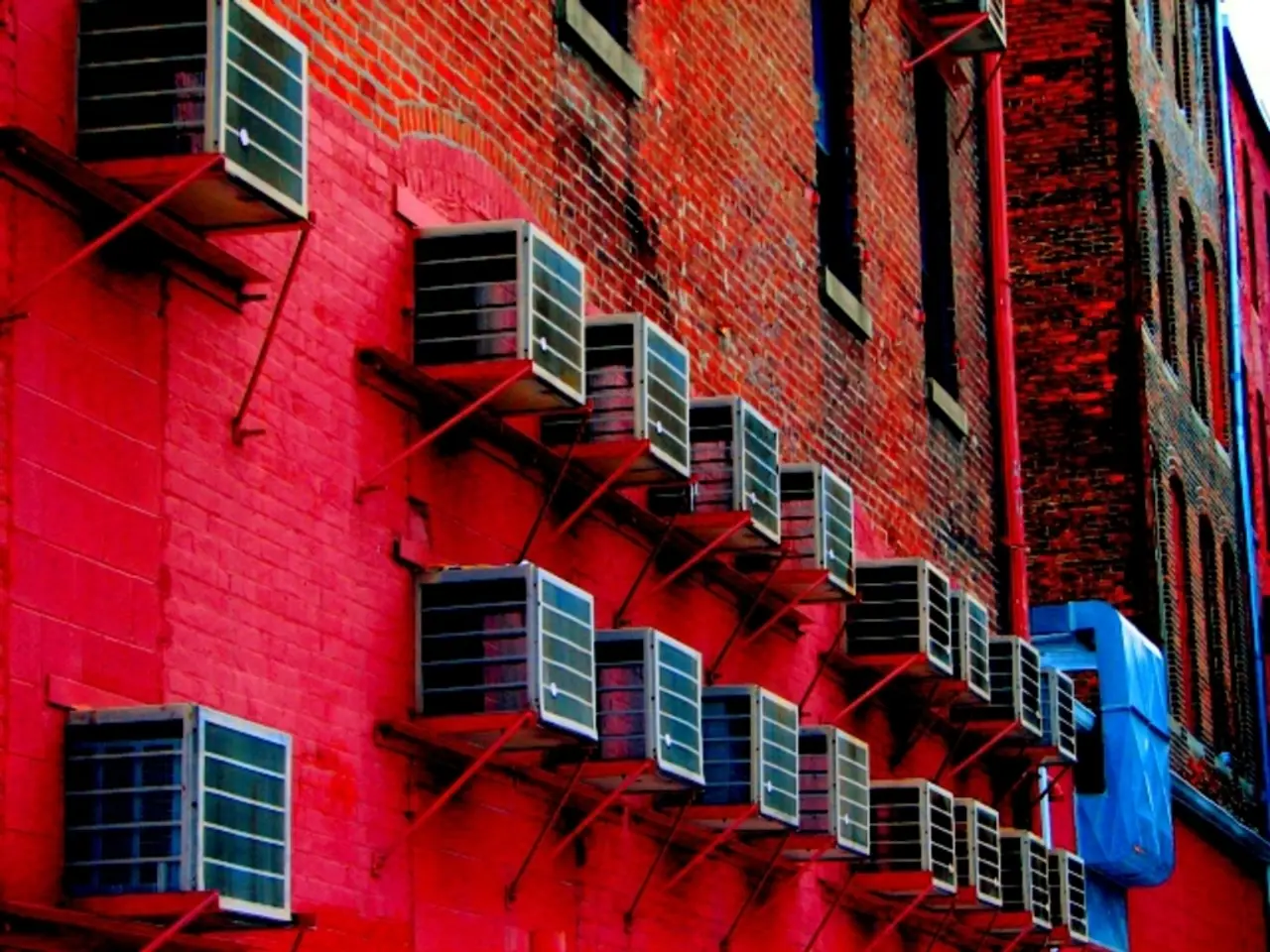Mitigating (or Preventing) Humidity Build-up in Terrariums?
Man, you don't want your terrarium looking like a damn foggy mountaintop, do you? Nothing more frustrating than trying to keep an eye on your plants and having a bunch of condensation on the glass getting in the way. Let's figure out why it's happening and how to fix it.
First off, let's identify the main culprits behind all that condensation: humidity and temperature. See, terrariums are like little greenhouses, trapping all that humidity, and when it gets too high (up to 100% if it's sealed tightly), you got yourself a recipe for condensation. Plus, when the inside temperature's higher than the outside, water will start to condense due to the difference in temperatures between the inside and outside of the terrarium.
Now, you might be thinking, "Wait a minute, isn't some small amount of condensation natural and even beneficial for my plants?" And you're right, it is, to an extent. Water transpires from your plants, depends on many factors like light, temperature, and humidity, and at peak sun hours, your terrarium is bound to get a little foggy. But if you're continually dealing with a terrarium that's constantly foggy, it might indicate there's too much water in the system overall.
So, let's get to work on reducing that excessive condensation. Here are a few solutions, starting with some natural approaches:
- Keep your room climate stable: Remember, condensation happens when the inside temperature's warmer than the glass. So if you can maintain a warm, steady temperature in your house (and, by extension, your terrarium glass), it'll likely cut down on the condensation level.
- Use a magnet cleaner: These cleaners, typically used for aquarium glass, can work in a terrarium too, especially if your glass is large and flat. The magnet will remove the condensation from the sides without removing it from the system like cloth would. A quick fix, but it's a start!
- Ventilate your terrarium: Occasionally opening up your container allows fresh air exchange and balances out the terrarium humidity levels a little. If condensation's still an issue, even at night, try this.
- Wipe the inside of the glass: This is a no-brainer, but wiping off the condensation not only removes it immediately but also permanently removes it from the system.
In the event that none of these natural solutions seem to be working, you might have to consider some artificial methods. Remember, these aren't guaranteed to work perfectly, but they're worth considering:
- Install a fan: A fan can significantly reduce (or even eliminate) condensation by improving air circulation. Note that fans are somewhat unnatural, so you'll want to be mindful of them affecting your terrarium's aesthetic.
- Create a ventilation valve: A small ventilation valve allows fresh air to enter while maintaining most of the terrarium's humidity. Just keep in mind that a ventilation valve defeats the purpose of having a sealed terrarium.
- Spray the glass with a water repellent: Certain water repellents, like Rain-X, are designed to cause water to bead up and drop off easily. Applying this to the inside of your terrarium's glass should theoretically reduce condensation. However, there could be risks involved with potentially harming the plants, so exercise caution when using this method.
That's it! With any luck, these tips will have your terrarium glass crystal clear in no time. Have you tried any of these methods before with success? As always, feel free to share your stories! And don't forget to check out our shop for all your terrarium supply needs.
In the scope of keeping a terrarium, it's essential to consider factors that influence the health of the plants and the terrarium's appearance, such as science-based practices, health-and-wellness strategies, and fitness-and-exercise routines of maintaining a stable climate. Nutrition also plays a part, since the right balance of light, temperature, and humidity can indirectly improve the overall health of the plants.







